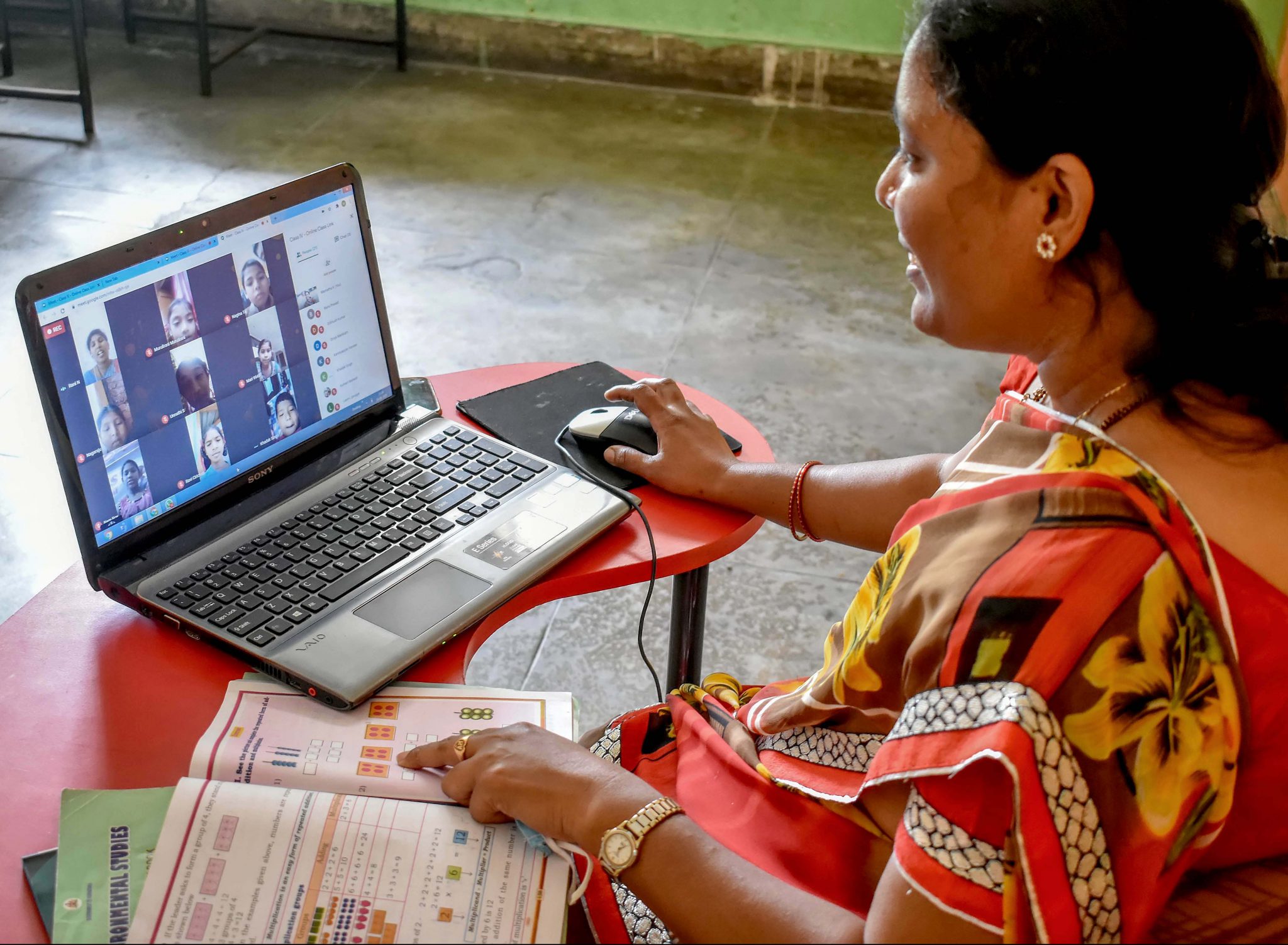- Courses
- GS Full Course 1 Year
- GS Full Course 2 Year
- GS Full Course 3 Year
- GS Full Course Till Selection
- Answer Alpha: Mains 2025 Mentorship
- MEP (Mains Enrichment Programme) Data, Facts
- Essay Target – 150+ Marks
- Online Program
- GS Recorded Course
- Polity
- Geography
- Economy
- Ancient, Medieval and Art & Culture AMAC
- Modern India, Post Independence & World History
- Environment
- Governance
- Science & Technology
- International Relations and Internal Security
- Disaster Management
- Ethics
- NCERT Current Affairs
- Indian Society and Social Issue
- NCERT- Science and Technology
- NCERT - Geography
- NCERT - Ancient History
- NCERT- World History
- NCERT Modern History
- CSAT
- 5 LAYERED ARJUNA Mentorship
- Public Administration Optional
- ABOUT US
- OUR TOPPERS
- TEST SERIES
- FREE STUDY MATERIAL
- VIDEOS
- CONTACT US
Supreme Court upholds Section 6A of Citizenship Act as valid law
Supreme Court upholds Section 6A of Citizenship Act as valid law
18-10-2024
- In the 1980s, Assam faced significant unrest over illegal immigration, mainly from Bangladesh.
- This migration began before the Bangladesh Liberation War in 1971 and continued after, causing social and economic challenges in the region.
- The All Assam Students Union (AASU) became a key voice against this immigration, demanding government action to protect the culture and identity of the Assamese people.
Key Factors Leading to the Accord:
- The AASU organized widespread protests, strikes, and civil disobedience against illegal immigrants.
- This movement gained strong public support, reflecting concerns about jobs, resources, and cultural identity.
- The protests led to violent incidents, forcing the government to intervene.
- The Indian National Congress, led by Prime Minister Rajiv Gandhi, recognized the need to find a solution to stabilize the situation in Assam.
- Rajiv Gandhi’s government understood the urgency of addressing these issues to maintain peace in the northeastern region.
- Negotiations: In 1985, discussions began between the government and representatives of AASU and the All Assam Gana Sangram Parishad (AAGSP), another student-led group.
- The goal was to reach an agreement on the status of illegal immigrants and how to protect the rights of Assamese citizens.
Signing of the Assam Accord:
- The Assam Accord was signed on August 15, 1985, during a ceremony on India’s Independence Day.
- The accord defined some aspects of citizenship based on dates of migration:
- Before January 1, 1966: All Indians who migrated to Assam were declared Indian citizens.
- Between January 1, 1966, and March 25, 1971: Citizenship can be granted to the people after 10 years of residence in Assam.
- After March 25, 1971: All these people were declared illegal migrants and were liable to detection and deportation.
What is Section 6A?
- The Citizenship Act, 1955, saw Section 6A introduced through the Citizenship (Amendment) Act, of 1985.
- It follows the Assam Accord, signed on August 15, 1985, and mainly addresses the citizenship of those who migrated from Bangladesh to Assam in a rare and disturbed phase following the Bangladesh Liberation War and demographic distortions.
|
When |
December 1985 |
|
Purpose |
To address the citizenship status of people who migrated from Bangladesh to Assam after the Bangladesh Liberation War |
|
How it works |
Grants citizenship to some migrants, and provides legal processes for others |
|
Who it applies to |
All persons of Indian origin (PIO) who entered Assam before January 1, 1966 and have been Ordinary Resident of India (ORI) will be deemed Indian citizens.
|
Legal Challenge to Section 6A:
- 2012 Petition: The Assam Sanmilita Mahasangha, a civil society group, filed a writ petition challenging the constitutional validity of Section 6A.
- Mahasangha argues that the cut-off year for Assam should be 1951 instead of 1971),
- The case was referred to a Constitution Bench in 2014, to examine whether Section 6A is constitutional though it prescribes a different cut-off date for Assam (1971) from the one prescribed in the Constitution for the rest of the country (1948).
Arguments against section 6A:
- The petition argued that the Section 6A is in violation of Article 6 of indigenous citizens and created an unequal citizenship framework.
|
- The petitioner also claimed that the cut-off date provided in Section 6A is discriminatory and violates the right to equality (Article 14 of the Constitution) as it provides a different standard for citizenship for immigrants entering Assam than the rest of India — which is July 1948.
Impact on Indigenous People:
- The Assam Sanmilita Mahasangha (ASM) and other petitioners argued that Section 6A undermines the rights of indigenous Assamese people.
- The petition states that applying Section 6A uniquely to Assam has altered the demographic composition, potentially reducing Assamese people to a minority in their own state.
- This demographic change is claimed to threaten the economic, political, and cultural well-being of the indigenous population, impacting their rights under Article 29, which protects cultural rights.
- Concerns were raised that the inclusion of migrants in electoral rolls could dilute the political power of indigenous Assamese citizens, impacting their rights under Articles 325 and 326.
Arguments in Defence of Section 6A:
- The Centre defends Section 6A by citing Article 11 of the Constitution, which grants Parliament the authority to legislate on citizenship matters.
- They argue that Parliament can create specific laws for certain regions based on particular needs or historical contexts without breaching equality rights.
- Fear of Statelessness: Respondents, including NGOs like Citizens for Justice and Peace, warn that striking down Section 6A could render many current residents stateless after having enjoyed citizenship rights for decades.
Supreme Court's Section 6A Verdict and Its Implications for Assam:
- On October 17 2024, In a landmark verdict, the Supreme Court upheld the constitutional validity of Section 6A of the Citizenship Act, 1955, which granted citizenship to immigrants who entered Assam before March 24, 1971.
- The decision emerged from a long legal battle over the status of migrants from Bangladesh and the rights of indigenous Assamese citizens.
Supreme Court Ruling and Its Implications:
Majority Opinion:
- Constitutional Validity: Chief Justice D.Y. Chandrachud, along with Justices Surya Kant, M.M. Sundresh, and Manoj Misra, upheld Section 6A, stating it does not violate Articles 6 of the Constitution.
- Legislative Objective: The Chief Justice emphasized that the provision aims to balance humanitarian needs with the impact of migration on Assam's economic and cultural landscape.
- Rationale for Cut-off Date: The March 25, 1971, cut-off is justified as it aligns with the onset of significant historical events (Operation Searchlight) that caused mass migrations during the Bangladesh Liberation War.
Key Points from the Majority Ruling:
- The court said that the cut-off date is reasonable, considering Assam's unique demographic challenges.
- Section 6A does not contravene other constitutional principles, including rights related to equality (Article 14), fraternity, and cultural protection (Article 29).
- The court acknowledged that the implementation of immigration laws needs rigorous enforcement and judicial oversight.
Dissenting Opinion:
- Justice J.B. Pardiwala dissented, deeming Section 6A unconstitutional and suggesting it dilutes the rights of indigenous Assamese citizens and undermines fundamental principles of the Constitution.
National Register of Citizens (NRC):
- The NRC in Assam was conducted in accordance with Section 6A.
- The ruling strengthens the legal foundation of the NRC, which previously excluded approximately 1.9 million people from a population of 33 million.
"Do you know about the concerns regarding the New Citizenship Act?"
|




